 “Unusual” is a subjective, time-sensitive evaluation inspired by something that is rare or exceptional, something not common or usual. This certainly describes the maroon two-seat biplane tied down in front of Homebuilt Headquarters at EAA AirVenture Oshkosh 2019. With its negatively staggered wings, it was equally exceptional when its designer, 72-year-old Miles Westfall, flew the original Special from his Oklahoma City home to EAA Oshkosh 1973.
“Unusual” is a subjective, time-sensitive evaluation inspired by something that is rare or exceptional, something not common or usual. This certainly describes the maroon two-seat biplane tied down in front of Homebuilt Headquarters at EAA AirVenture Oshkosh 2019. With its negatively staggered wings, it was equally exceptional when its designer, 72-year-old Miles Westfall, flew the original Special from his Oklahoma City home to EAA Oshkosh 1973.
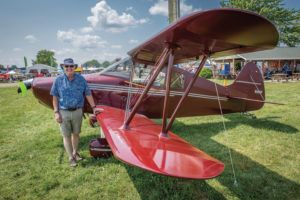
This Westfall Special is a re-creation, said its caretaker, Jeff Paulson of Scappoose, Oregon. Wherever he goes, the airplane draws a lot of attention. After landing on Runway 36, the volunteer directing traffic “waved me to a stop, came up and asked, ‘What in hell is this thing?’” After Paulson summarized its rarity, “he said, ‘Oh, we have to get you up close someplace. Let me take care of that.’”
There are, it turns out, two Westfall Specials, the designer’s original, which has been de-registered and is no longer flying, and Paulson’s cloned cousin. The story of both planes begins with Miles Westfall. He caught aviation’s infection at age 6 when he watched five balloons drift over his New Richmond, Indiana, front yard in 1907. As an adult, he lived in Oklahoma City, where he owned a café and tuned and restored pianos. There, Westfall built his first airplane in 1930, a Church Midwing powered by a Henderson motorcycle engine. In 1934 he made the first flight of his own single-seat, positively staggered biplane, the Sport. (EAA documented its restoration in the December 1957 Experimenter.)
After replacing the Sport’s Ford Model A engine and modified OX-5 radiator with a 65-hp LeBlond radial, Westfall logged 1000 hours flying air tours across the United States. Just before WW-II, the Civil Aviation Authority was cracking down on homebuilders, and they sent Westfall to jail for a time, as an example to others like him.
In the mid-1960s, Westfall started designing and building his Special, N32E, an investment of 7.5 years of spare-time effort. Impressed with the Beech Staggerwing, “he wanted to try his hand at a side-by-side, two-place negative-stagger biplane,” wrote Edgar W. Adams in his December 1973 Sport Aviation story, “The Westfall Special.”
Westfall’s design goals included a streamlined windshield, easy entry, and good short-field performance. Negative stagger accommodated these goals and improved the stall characteristics.
William H. Durand addressed some of the aerodynamics in a series of Sport Aviation articles that examined his Mark V, the negative-stagger two-seat biplane he debuted at EAA Oshkosh 1978. Given each wing’s placement relative to the center of gravity, each wing’s angle of attack “is different [because] the trailing wing is working somewhat in the downwash of the leading wing,” Durand wrote. “This changes the lift contribution from a 50-50 situation to about a 53-47 basis, with the lower wing being slightly more effective.”
Approaching the critical angle of attack, the airplane does not rely on one wing for all of its lift. The lower wing stalls a few degrees before the upper. In this situation, the upper wing becomes more effective; being “behind the CG, its lift causes a nose-down pitch while working at or near its maximum lift coefficient.”
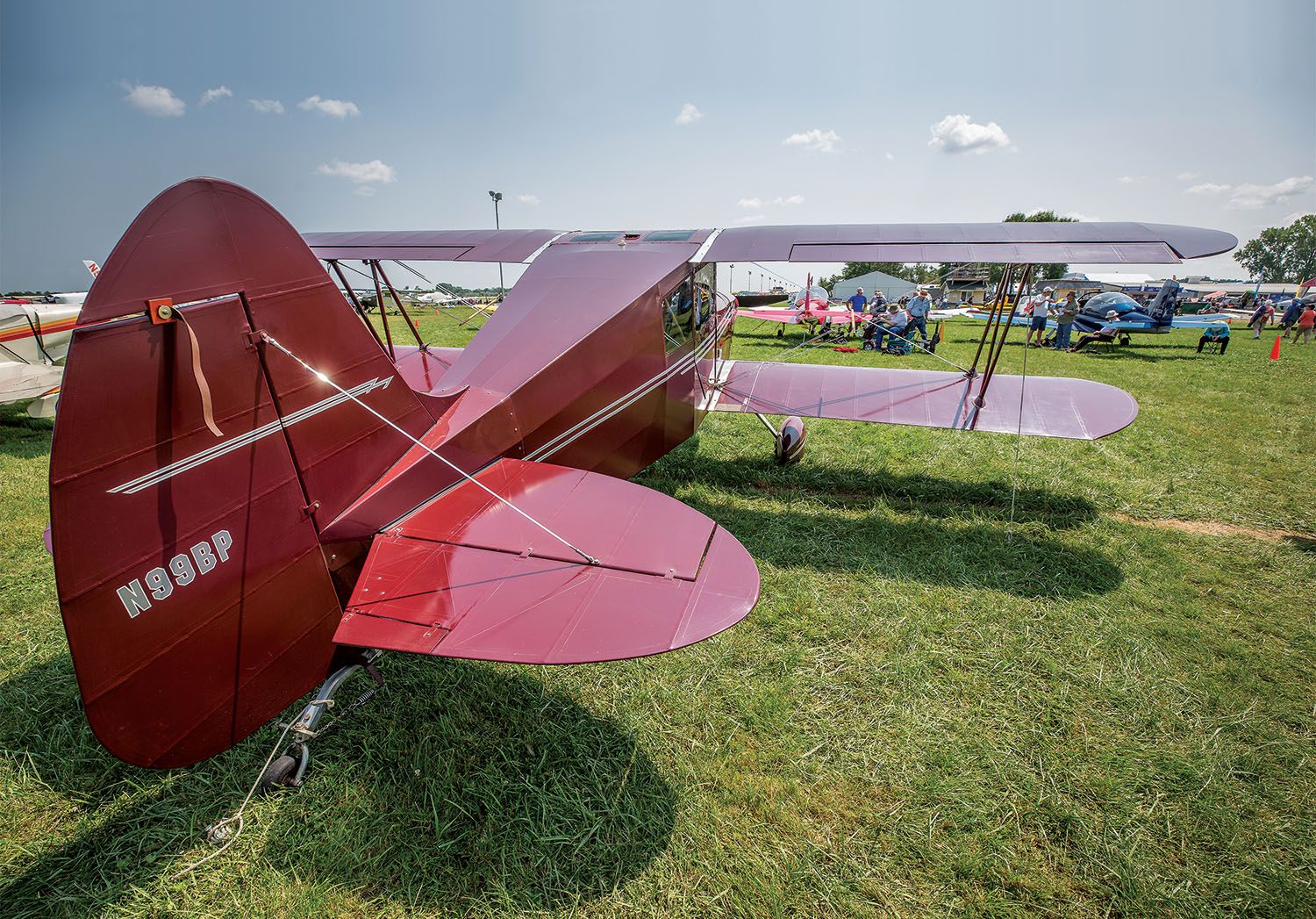
This not only reduces the altitude lost in stall recoveries, it delivers an inherent advantage on landing. Approaching the runway, ground effect acts on the forward lower wing, gradually increasing its lift. Acting ahead of the CG, “it gently raises the nose for what might be termed an automatic flare requiring little, if any, help from the pilot.”
This also seems to be the case with the Westfall Special. “The way the wings are set up, it tries to land itself,” said Paulson. “You don’t have a lot to do other than keep it straight.”
Westfall’s choice of airfoil for N32E was a Boeing 106R, but Paulson’s plane, N99BP, has a different airfoil. “Brad Poling of Elk Grove, California, the builder of N99BP, contacted Boeing to get information on the 106R, but they refused his request. They didn’t want their airfoil on some homebuilt, so Brad used a NACA 23012 airfoil,” Paulson explained.
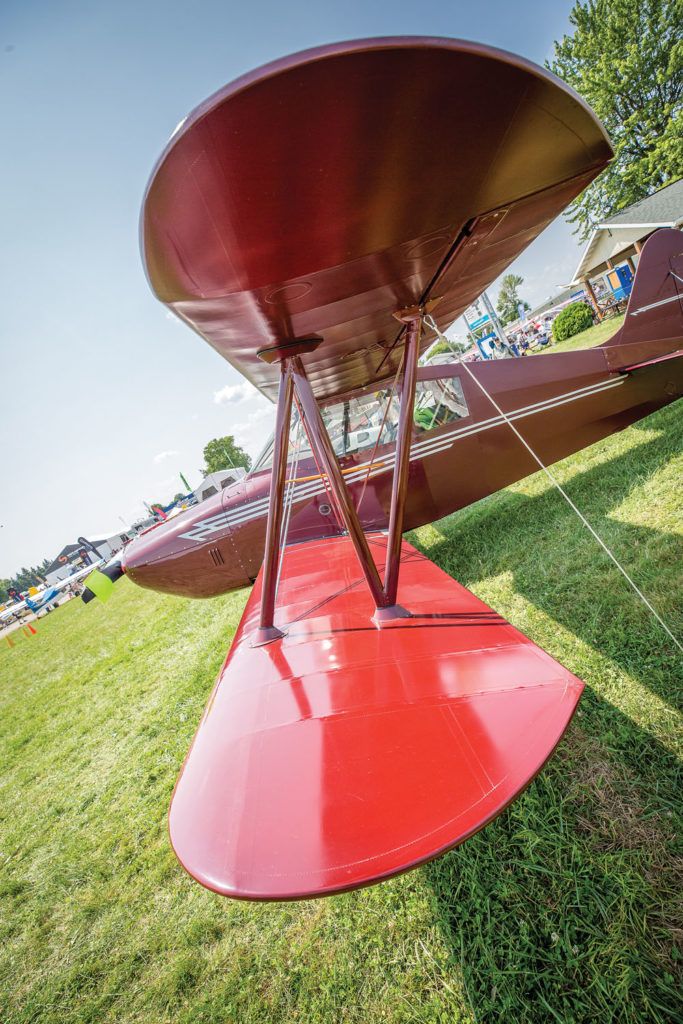
Gap and Stagger
Gap and stagger are other important biplane considerations. The narrower the gap between the upper and lower wings, the greater the airflow interference, which reduces efficiency and the amount of lift. The rule of thumb then was that the gap should be greater than the chord. Westfall put a 46-inch gap between the wings and their 43-inch chord.
The span of the upper and lower wings also comes into play, with the differences between the two offering different efficiencies. (For a deeper discussion of biplane aerodynamics, Google “AIAA 2009-1085, Gap and Stagger Effects on Biplanes with End Plates.”) There seems to be a discrepancy in the spans of the two Specials. Stories about the original list it at 23 feet tip to tip, but Paulson says his Special’s span is 23 feet 10 inches. Both have ailerons in the top wing, and “all the controls are open so they are easy to see, easy to get to and easy to work on overhead.”
The fuselage is 21 feet 2 inches long with a 42-inch-wide cabin. The original had a 30-gallon fuel tank forward of the instrument panel and a 125-hp Lycoming O-290 with a metal Sensenich prop. It stood on Cessna-type gear, brakes and 6.00-6 wheels. It weighed 1164 pounds empty and maxed out at 1754 pounds.
After Miles Westfall died on April 27, 1979, Miles Junior trucked the disassembled Special to Oregon, “where it disappeared from sight for a number of years,” wrote Budd Davisson in his November 2006 Sport Aviation article, “Homebuilt History: The Gouldsmiths and the Westfall Special.”
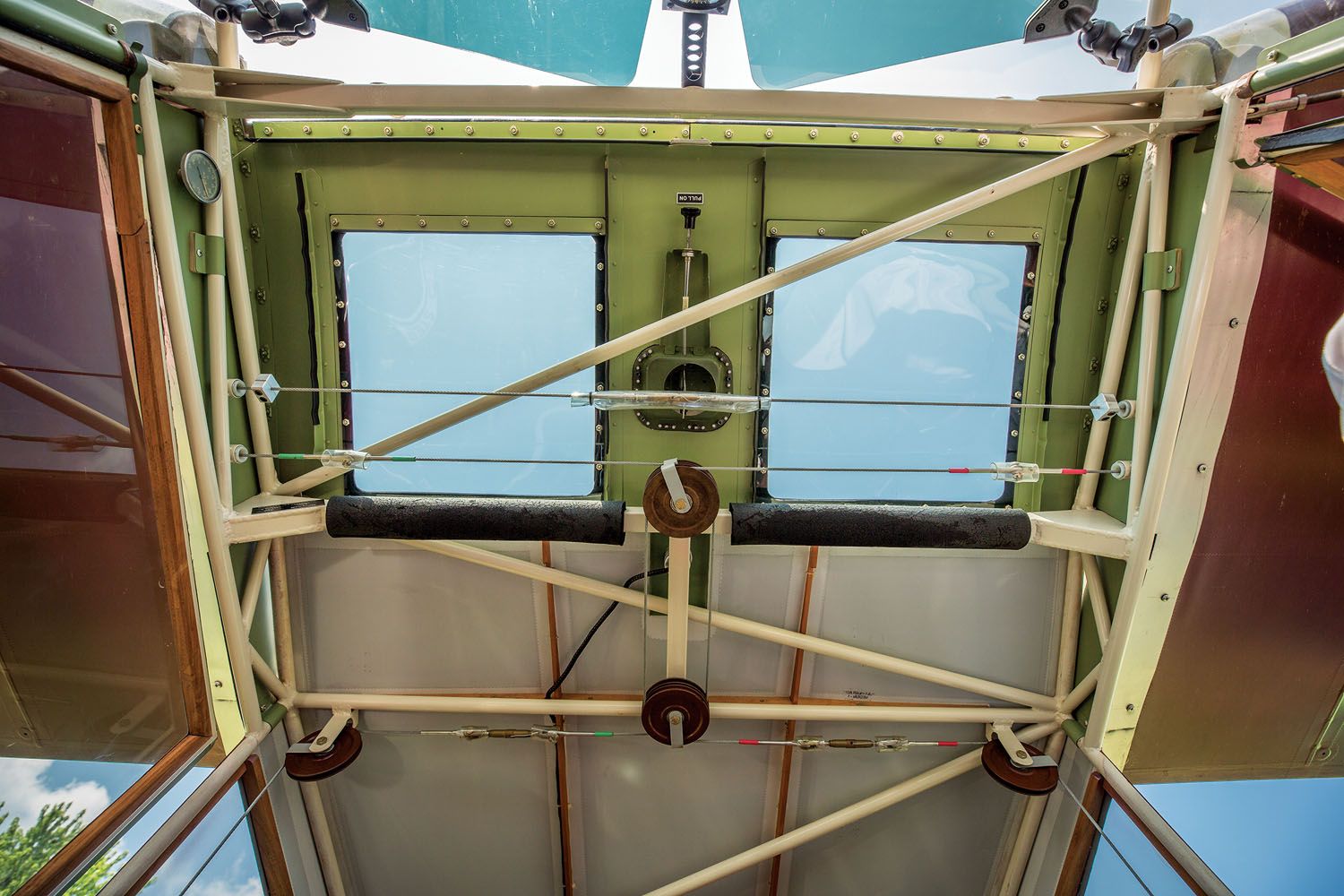
In the early 1990s, Rip Rogers of Pennsylvania saw the 1973 Sport Aviation article and fell in love with N32E. He found it in Oregon, bought it, trucked the pieces to the Keystone State, reassembled them, replaced the O-290 with a Lycoming O-320 and flew it for a short time.
Rogers wasn’t the only one in love with the Special. Brad Poling wanted one too! Tracking down the original led him to Rogers, where he learned that there were no plans.
“Rip invited me to come to Uniontown [Pennsylvania] to measure and take pictures of his N32E,” Poling said in a letter published in the March 2007 Sport Aviation, explaining that the Gouldsmith’s Special wasn’t the only one. “This enabled me, with the help of another EAA member, John Meridith, to draw a new set of Westfall plans. Over the years of fun that went into building my Westfall [1994 to 2002], Rip provided me with pictures, information and encouragement. We became fast friends.”
Suffering from black lung disease, Rip logged little flight time in his Special in 1995, Poling wrote. “My Westfall made its first flight February 26, 2002. I called Rip that evening, and he was delighted that ‘we had done the job.’ Rip passed two months later.”
Rogers’ friends posted the original Special for sale, and N32E sat until February 2004, when Dave Gouldsmith became its caretaker. Brad Poling died on January 12, 2019, several years after Jeff Paulson became the caretaker of N99BP.

Stinson Model O
“Brad Poling liked unusual airplanes,” said Paulson. When he was building the Westfall Special, another unusual airplane captured his fancy, the Stinson Model O. Based on the high-wing Stinson SR cabin monoplane, the tandem open-cockpit Model O had a parasol wing. Robert Hall, who created the Gee Bee Model Z, designed the Model O for the Honduran Air Force.
Stinson built nine of them in 1933 and shipped all but the prototype to South America and China. The prototype disappeared from the registry in the 1940s, so “the only way to get one was to build it,” said Paulson. Being bigger and more complicated than the Special he was building, “he ended up hiring me to build the Model O for him and his partner.”
Paulson, a CFI, graduated from Parks College in the mid-1970s with his A&P and a degree in engineering. At the time, “pilots were dime a dozen, so I was out of aviation for six years. I did engineering, designing sawmill equipment, heart monitors and other medical equipment, and some winches for military four-wheel-drives.”
A KITPLANES story on Kenny Blalock’s Pitts Falcon got him back into aviation. “I fell in love with the idea of that airplane,” and Paulson ended up working with Blalock on plans for aftermarket Falcon wings for the Pitts S-1. “That introduced us to people who wanted me to modify their existing wings, so I rented some hangar space and started doing that.”
Paulson bought Evergreen Flight Services, a flight school established in the 1940s, from Wally Olson in May 1997 and returned to aviation full time. “I started doing more restorations, and that got out of hand and here I am, 20 years later,” said Paulson.
Paulson replicated the Model O by mating modified Stinson SR-5 Reliant wings and tail to the fuselage and center section he engineered from photographs. Paulson made its first flight at Oregon’s Scappoose Airport on March 24, 2010, and flew it to Oshkosh that year, where it earned a Bronze Lindy, the highest award Vintage Aircraft bestows on replicas.
Paulson flew the Model O for Poling and his partner for three years. After they donated it to the Museum of Flight at Boeing Field, he flew it for another year, until it went on permanent display in the main gallery.
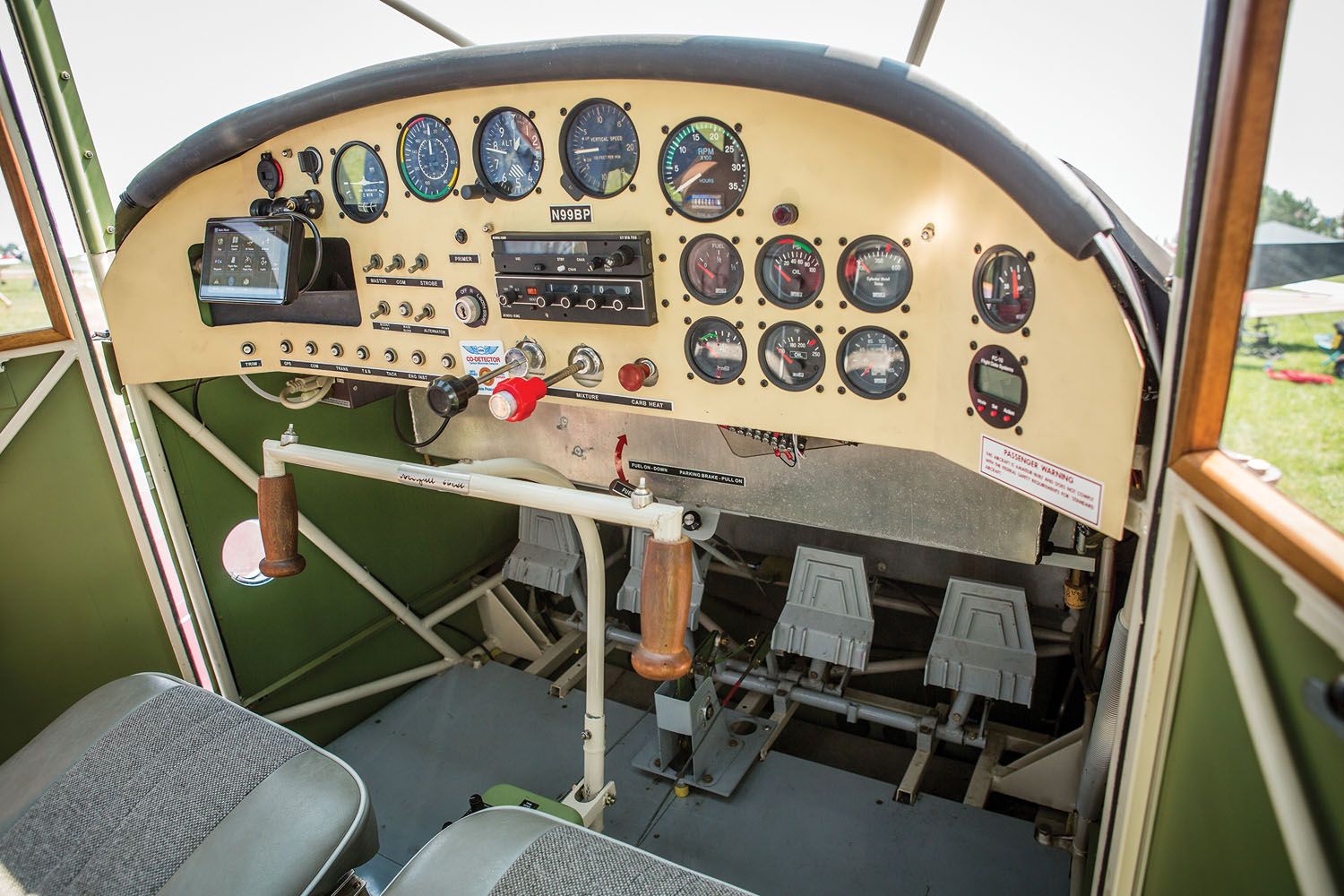
Buying N99BP
“About four years ago, Brad asked if I would take the Westfall and use it. He wanted it to fly, for people to see it and not be a hangar queen. Long story short, I ended up buying it from him, a very generous deal.”
Although Poling finished the Westfall in 2001 after five years of work, 2019 was its first trip to Oshkosh. “Brad always wanted the airplane at Oshkosh, but he didn’t want to fly it here,” Paulson said, adding that he promised Poling he’d make the trip. “I tried last year, but I had an engine problem 2 hours after leaving home, so I didn’t make it. I made it this year—it took 16 hours. Unfortunately, Brad passed away a few months ago, so he’s not here to enjoy it.”
The Special is a conventional tube-and-rag airplane with wood wings. The one-piece bent aluminum landing gear legs are “very solid, very unforgiving,” said Paulson. “Brad had them gun drilled so there are no external brake lines.”
Paulson has made a few changes to the airplane. When he got it home, a friend noticed that the washout seemed wrong. “Sure enough,” Paulson said, “it was going up instead of down. We redid the struts and did as much as we could without wrinkling the fabric.”
Poling centered the instruments at the top of the panel, but the altimeter was on the right and the tach was on the left. That led to a lot of head turning on landing. “When I asked Brad why, he said he always flew from the right seat and didn’t care who could see it from the left.” Paulson swapped their positions.
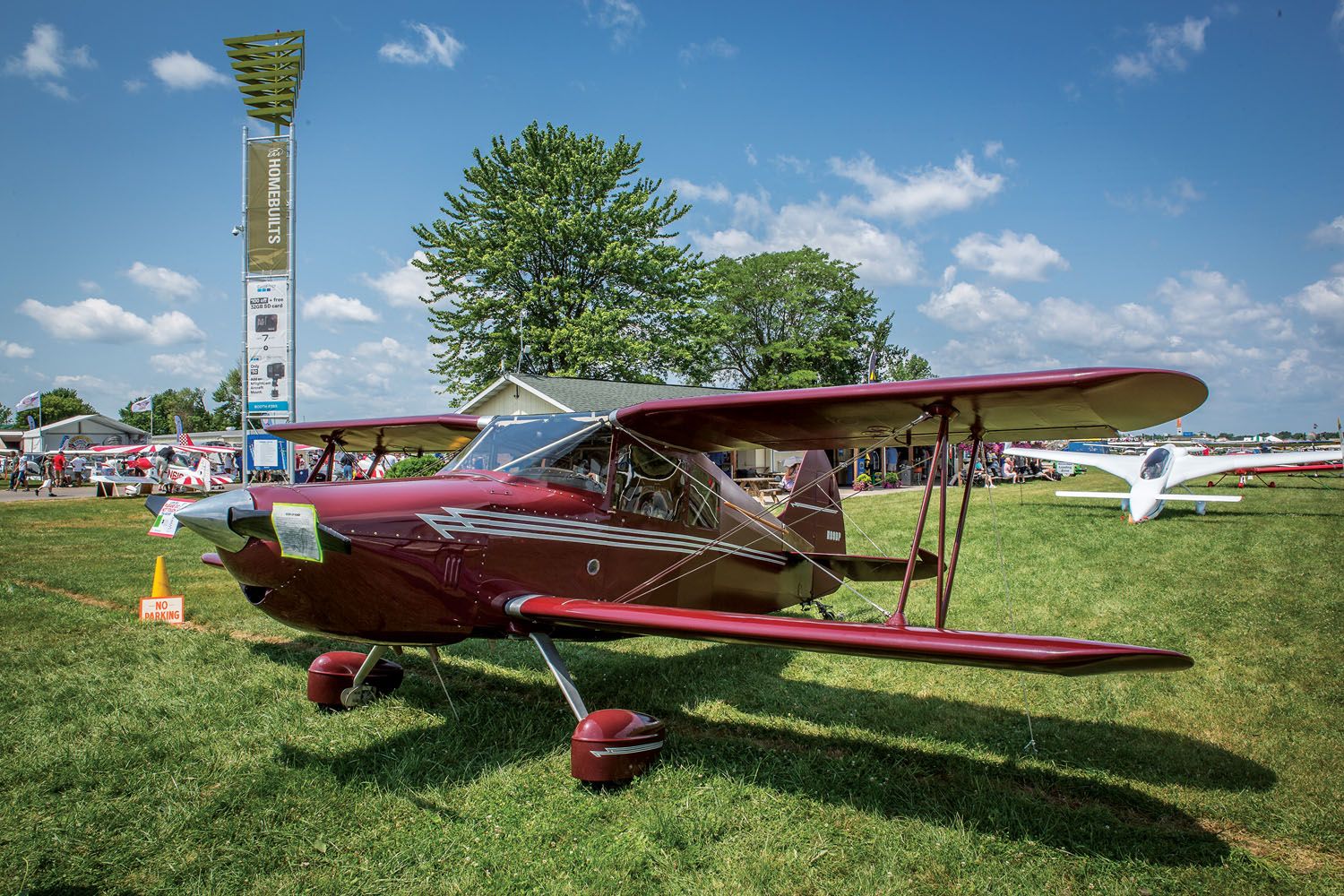
Stacked below the instruments are a BendixKing KY97A com and KT76A transponder. For the flight to Oshkosh, Paulson installed a fuel flow gauge and bought a new Garmin aera 660 GPS, making a mount that connects it to power and the fuel flow meter. Upon his return home, Paulson planned to install a uAvionix SkyFYX remote-mount GPS position source with integrated antenna and an Echo UAT ADS-B In and Out transceiver. “Being a fabric airplane, I can mount it inside.”
With 28 gallons of fuel, the 150-hp Lycoming “doesn’t have great long range,” said Paulson. “I like to be on the ground after 2.5 hours; I don’t like to stretch it.” The fuel flow gauge added peace of mind. And the carbon fiber Prince Aircraft Company prop that replaced a wood Sensenich fan gave him the same takeoff and climb performance and 10 more knots in cruise. “It has something to do with the way it flexes. It gives you another four inches of pitch.”
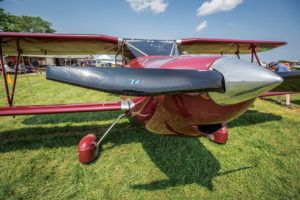
No wind, it cruises at 100 knots. “With me and full fuel, I was able to climb to 11,500 with no problem, and I was still climbing at 500 fpm when I leveled off,” said Paulson. “I fly the pattern at 60 knots, cross the threshold at 50, and it falls out of the sky at 40.”
That mountain-clearing climb on his way to Oshkosh cleared up an unusual, unexplainable, unpredictable in-flight feeling that felt “like someone put out the speed brakes,” said Paulson. His ear and the instruments revealed no engine problem. And no one he talked to offered a logical source of the kinesthetic feeling.
Like the J-3 Cub, the Westfall Special is a light airplane with a lot of drag. “When you hit different air masses, you feel it. When I got to 11,500, it was smooth as glass. When I came back down, it happened again, so, OK, I know what’s going on,” he said, chuckling.
Beyond a love for unusual airplanes, Paulson said Brad Poling had a sense of humor. When they took the Special and Model O to the Golden West Fly-In at Yuba City, California, friends watched people look at the Special, read the prop card, scratch their heads, step back to take a picture and step forward to read the card again.
“Brad was laughing, so I asked him what was so funny. He told me to go read the prop card,” said Paulson. “It said, ‘Don’t judge this airplane.’ It was never certified. It was listed as a D17A, a prototype poor man’s Staggerwing that Walter Beech designed and built but never produced.”
The Westfall Special “is a good old basic airplane design,” said Paulson. “It is a fun airplane, and it gets a lot of attention wherever I take it.” Before he left Oshkosh, the trampled brown grass that surrounded it was proof of that. And so he doesn’t have to repeat himself hoarse explaining what it is, on the other prop blade is a card that explains the “Story of N99BP.”
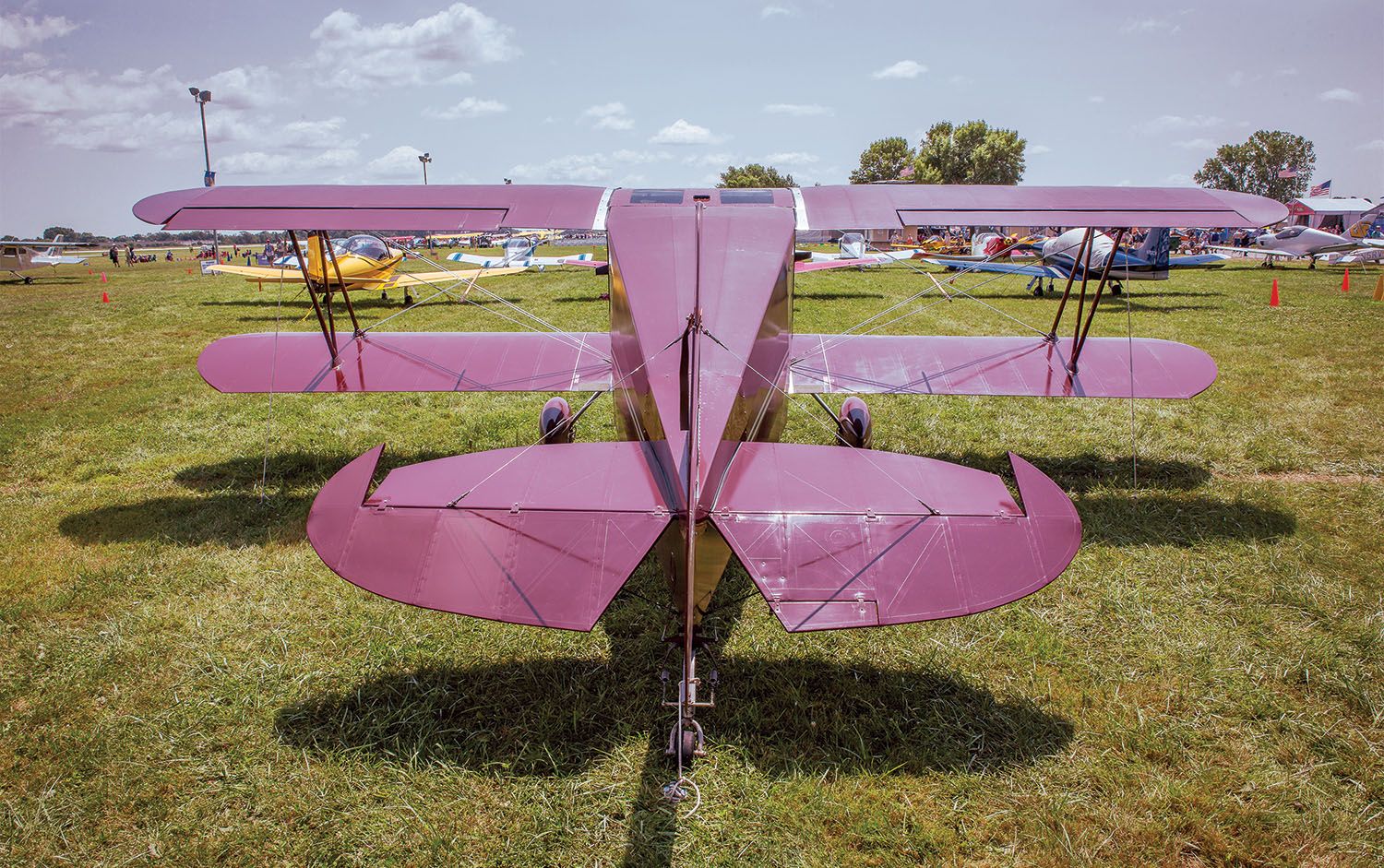
Photos: Scott M. Spangler

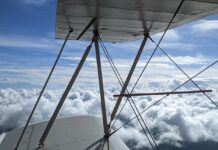
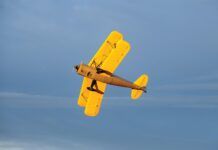
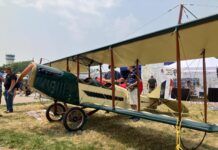
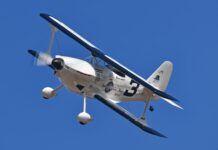
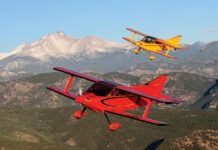
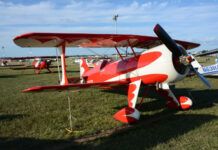
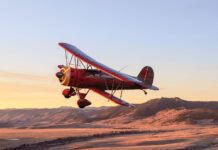
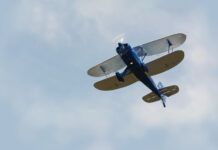
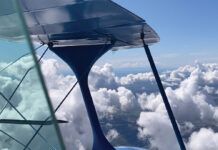
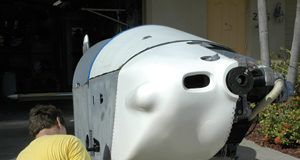
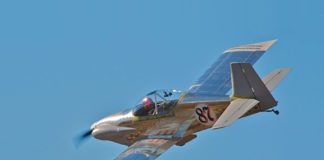
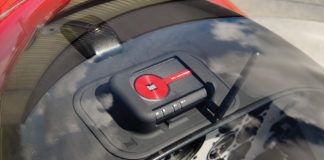
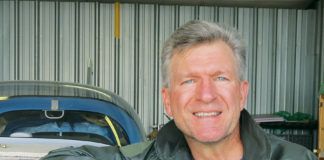
Beautiful plane and interesting history. Pity that there are no plans available to keep the breed expanding.
I remember going up in it every time we visited Grandpa. My finger marks were probably still impressed under the seat from holding on tight everytime he would climb until it stalled then falling back and tumbling down seeing ground, sky, ground, sky…what a rush. That plane was acrobatic and Grandpa knew how to get that plane to dance amongst the clouds.
I knew Miles Westfall in the early 1970s when I moved to Oklahoma and joined EAA Chapter 24 there. Miles was an active aviator and a very happy, easy going guy with a good sense of humor. For instance, he had a cockpit instrument he called the “NaviBird,”–he had taken the guts out of an old 3-1/8″ instrument and installed a small model of a duck facing the nose of the airplane. He said all he had to do to navigate was just “follow the duck!” One of those years at an EAA Fly-In in Tahlequah, OK, he gave me a ride in 32E; I remember being half terrified as he commenced to do aerobatic maneuvers without any advance warning! Miles was a true Oklahoma aviation pioneer!
Very.nice article Scott